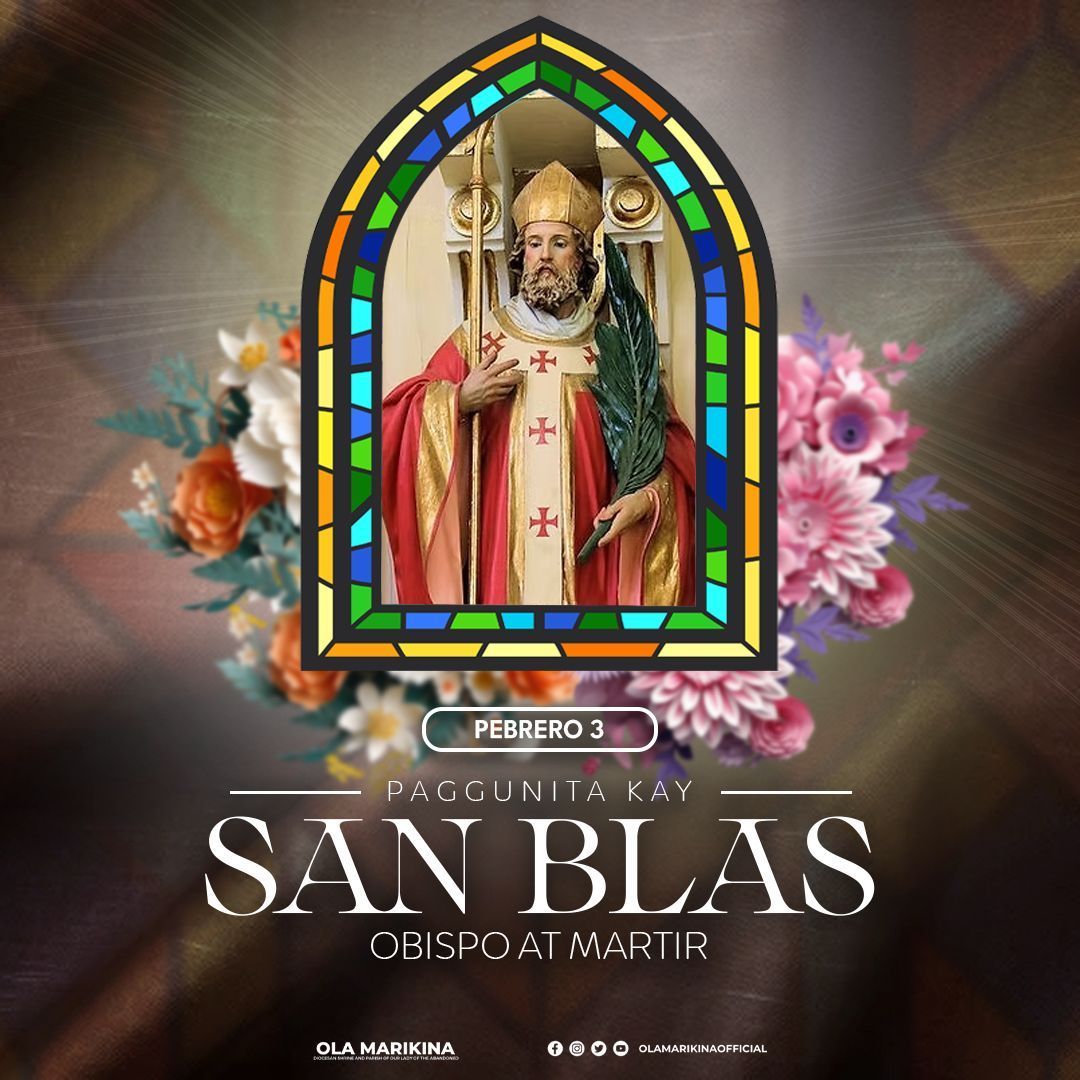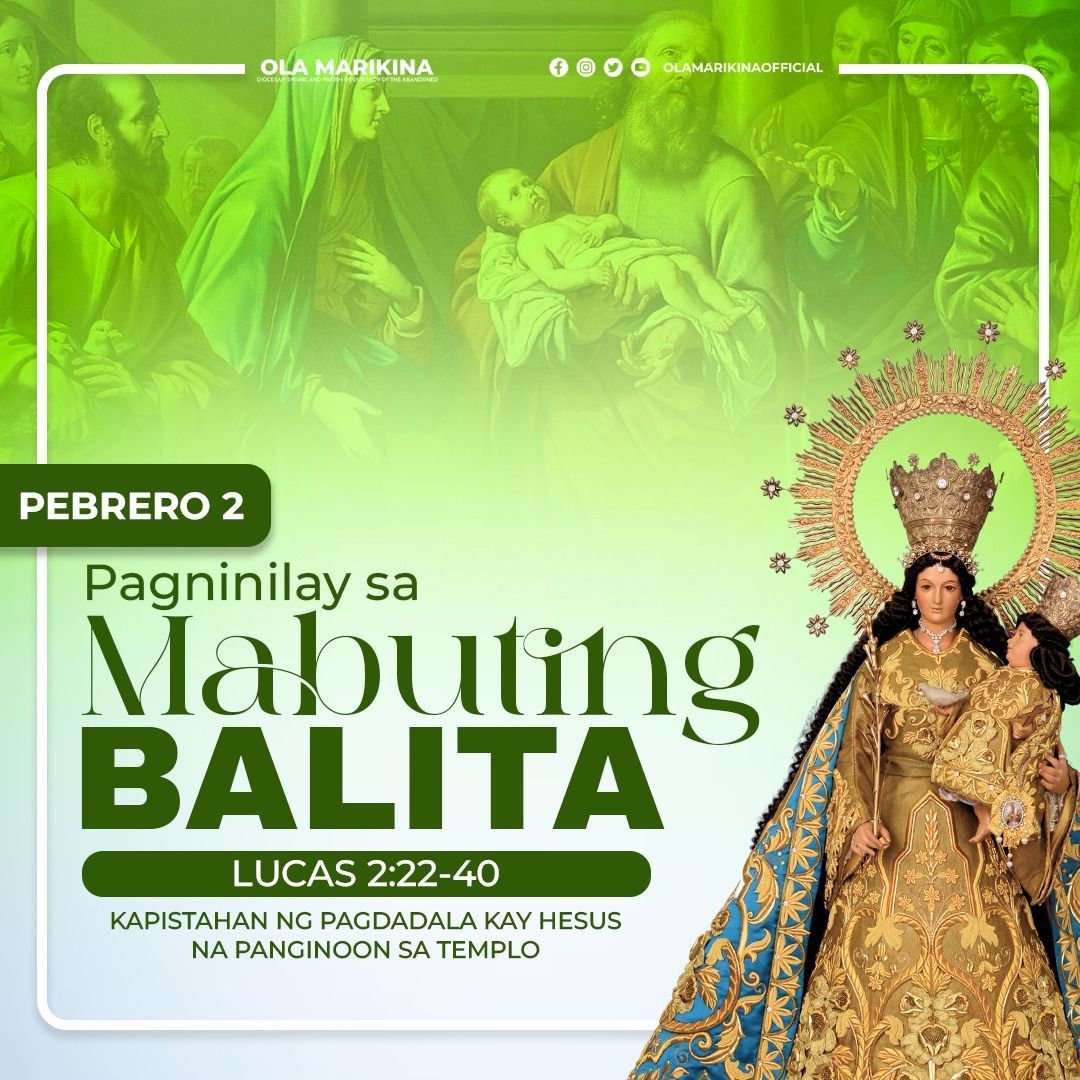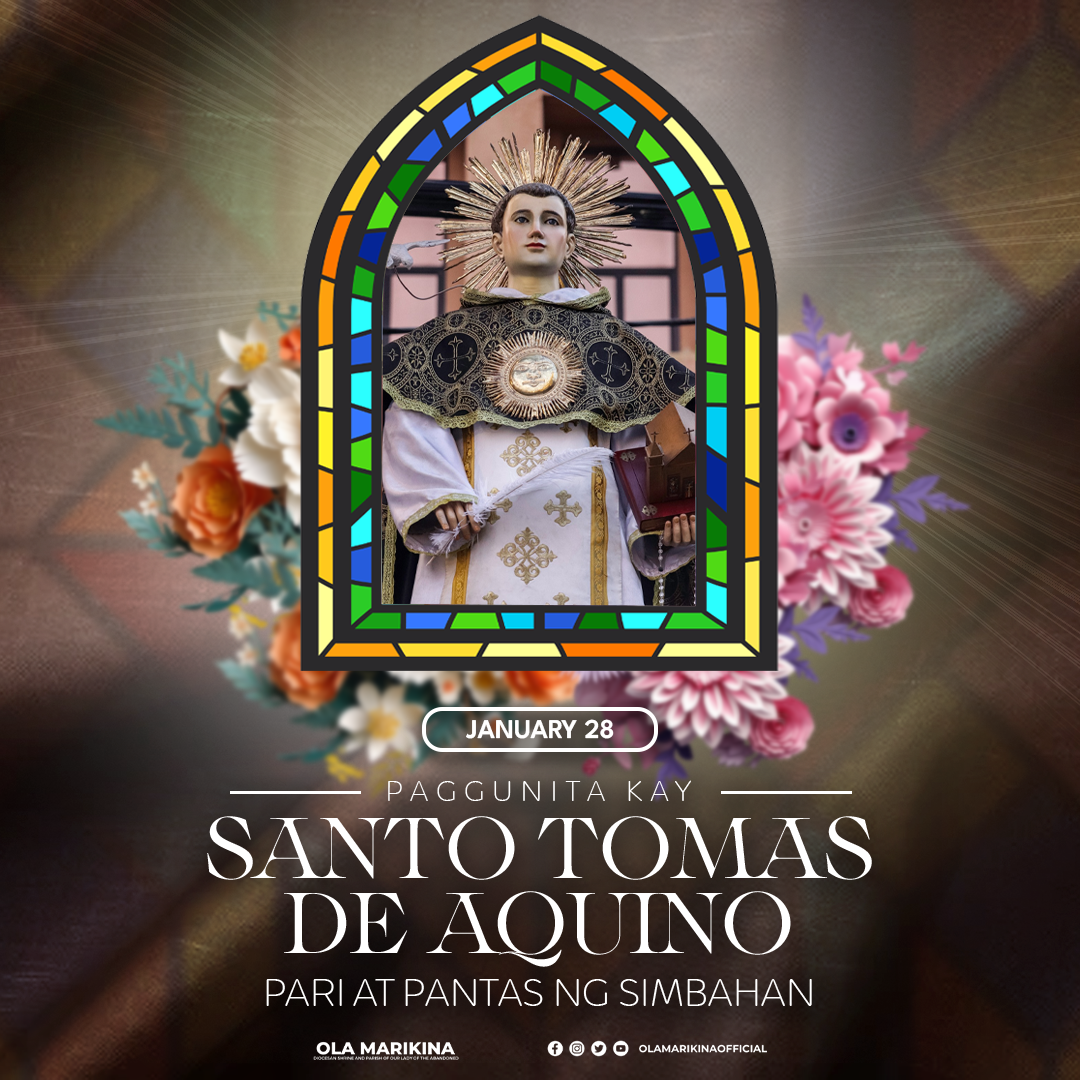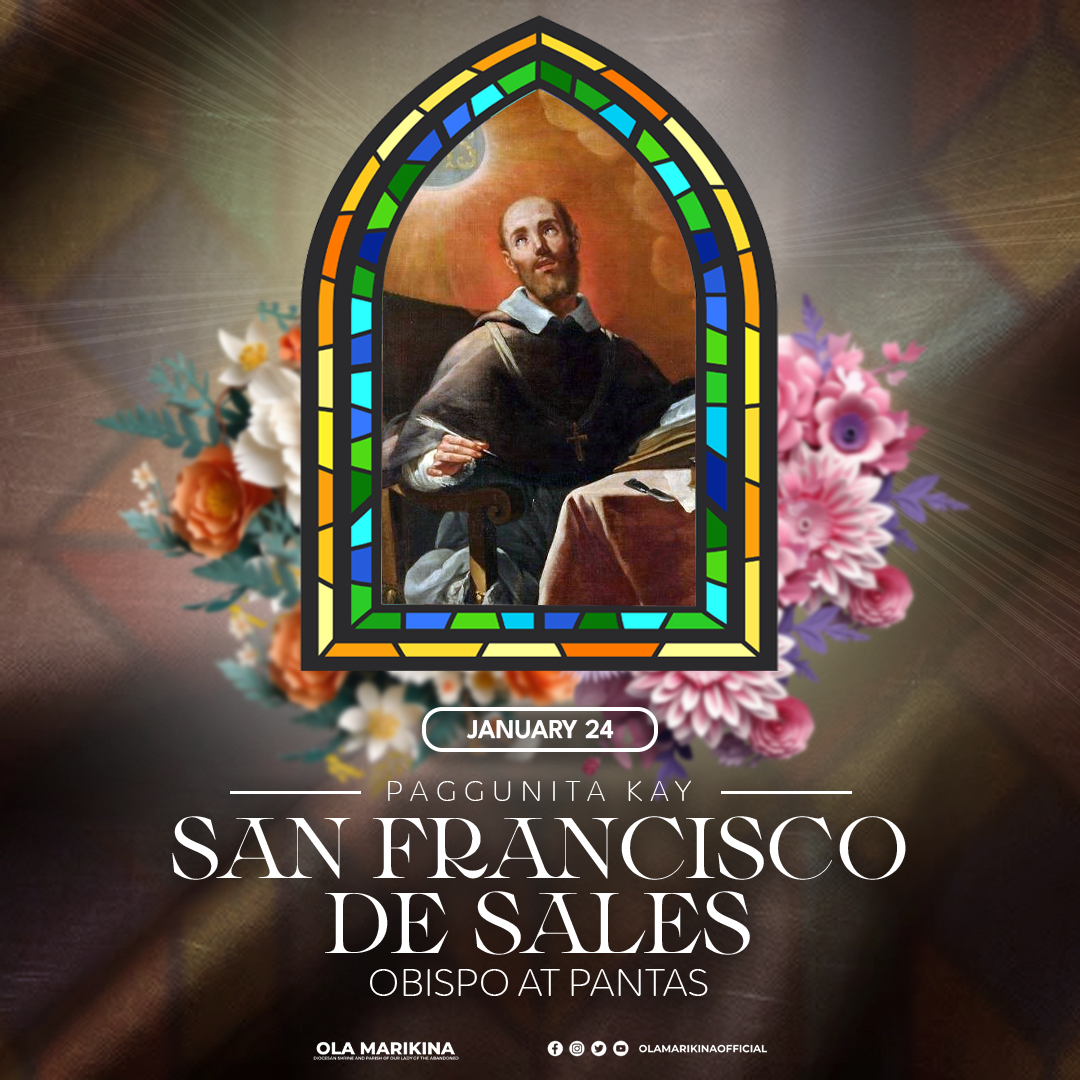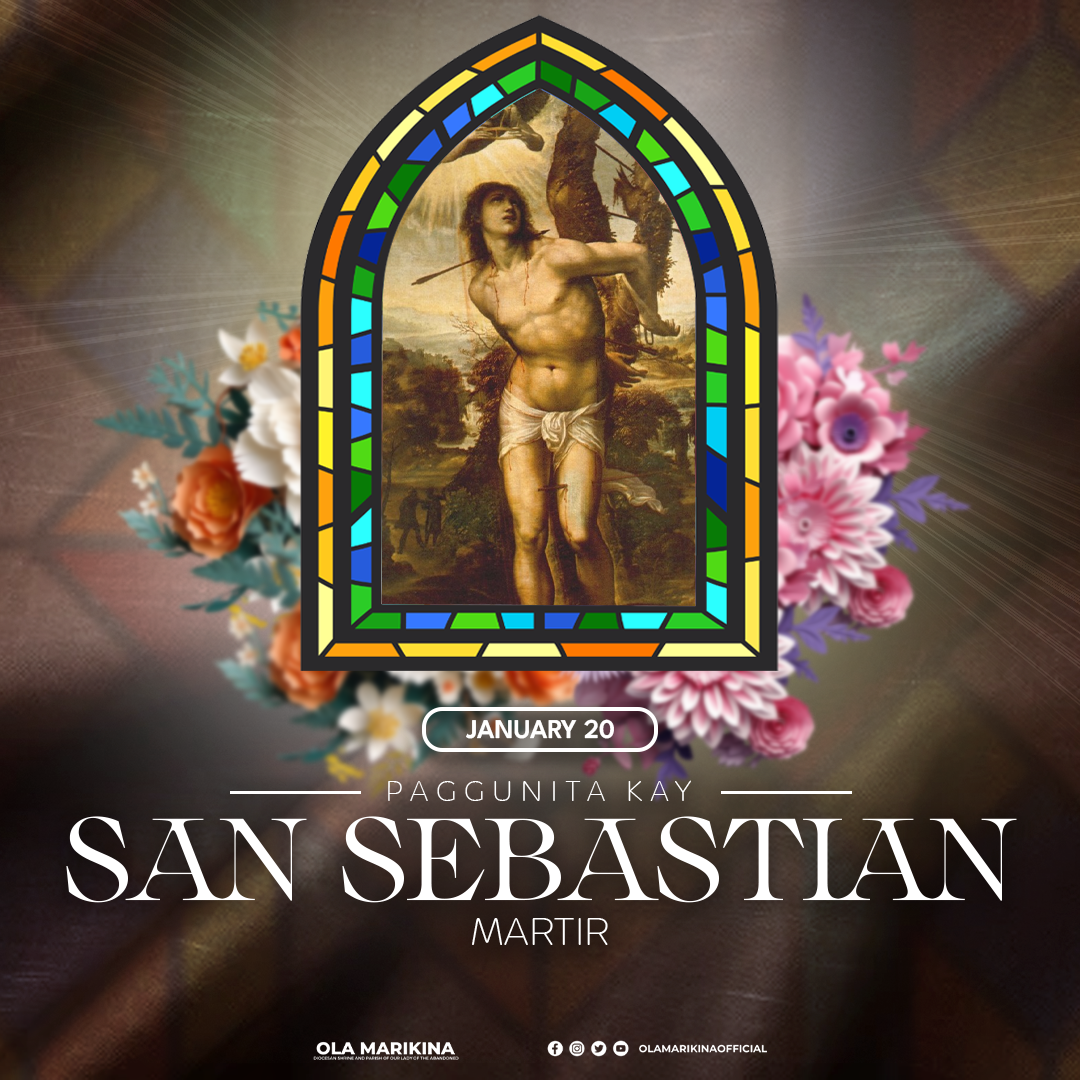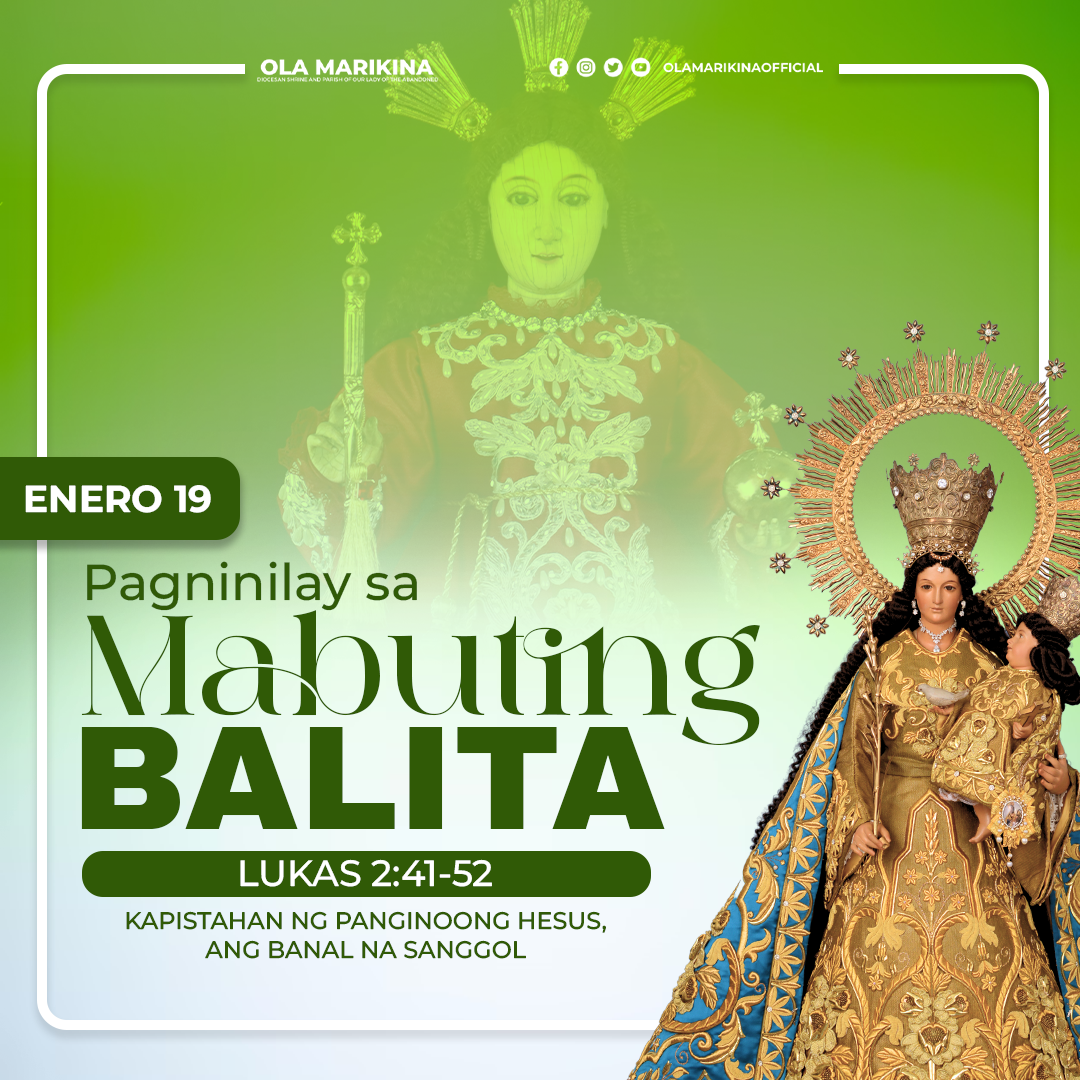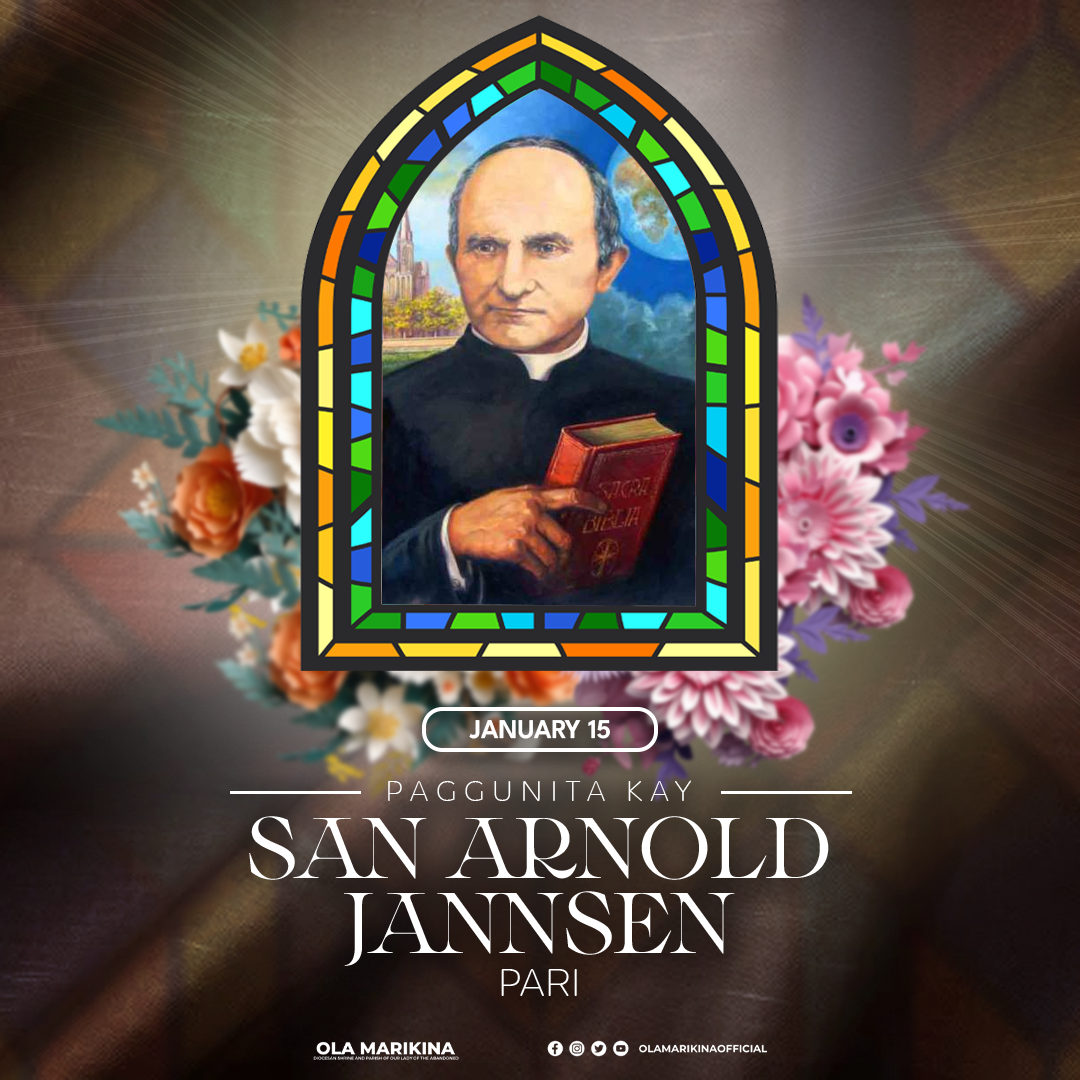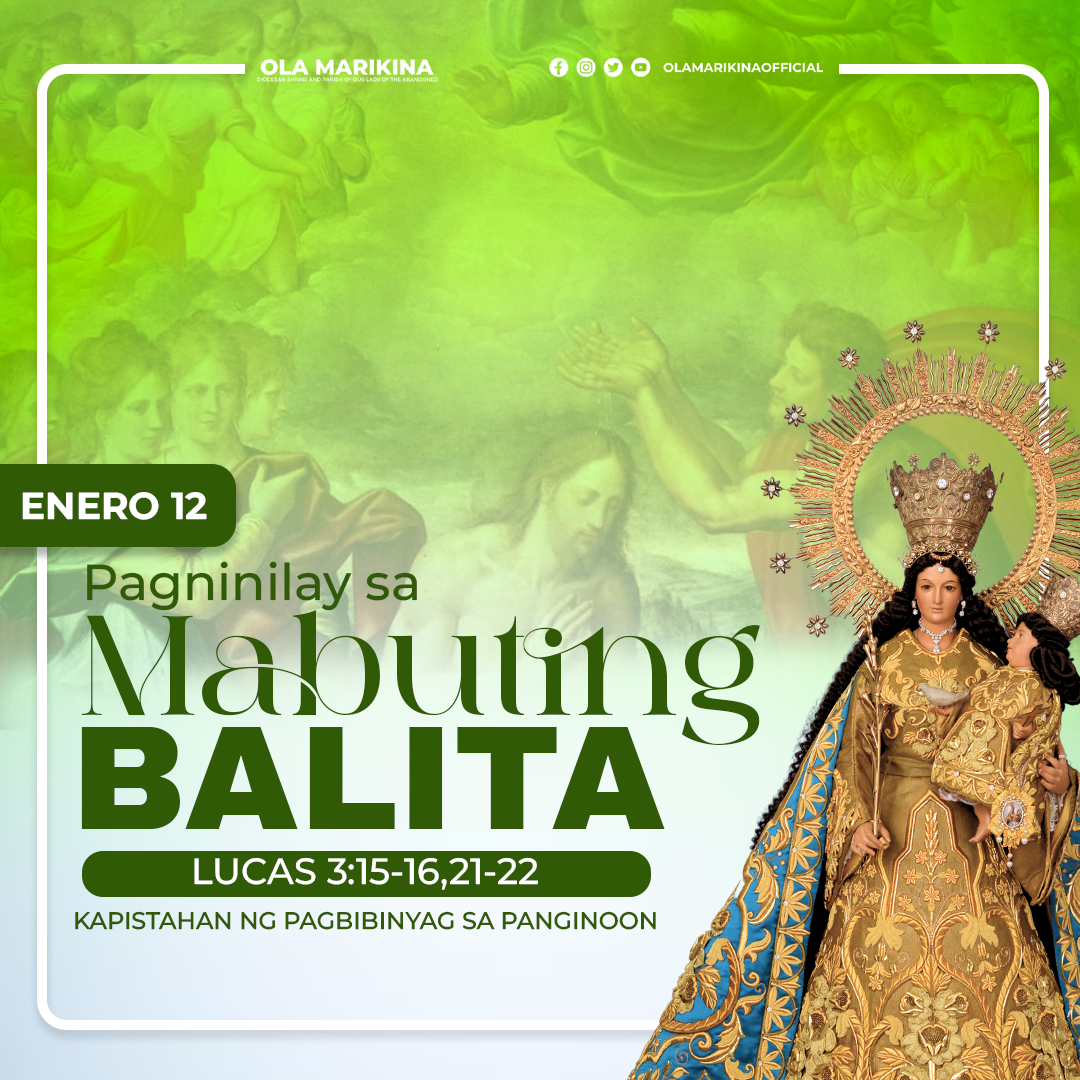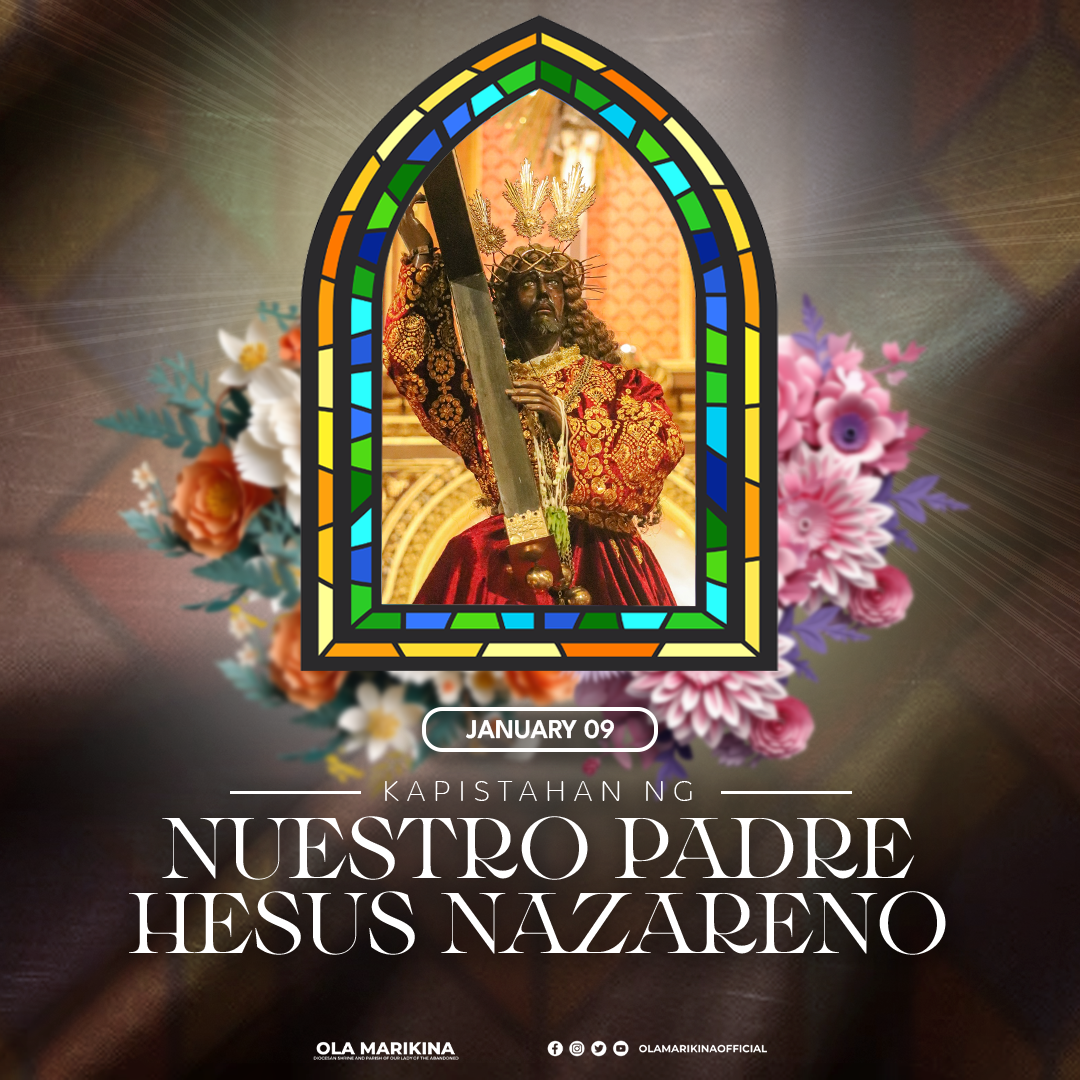God calls us to the path of holiness. In understanding the Easter Vigil and Easter Sunday Mass, may we glorify God even more, and may we seek to open our hearts to receive more graces so that we may be united with Jesus, both in our sufferings and glorious resurrection.
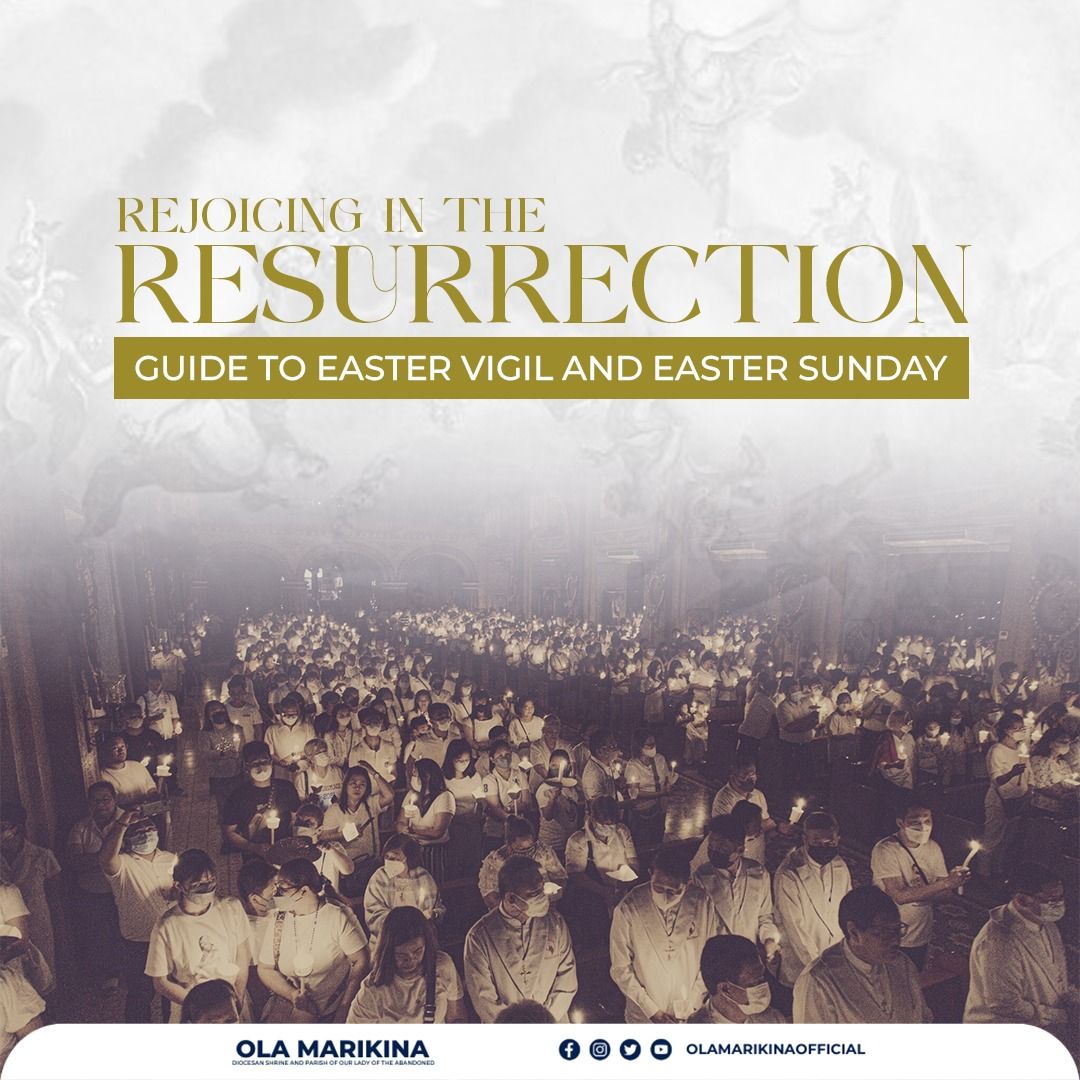
March 30, 2024
On this day, Holy Saturday, we are all called by God to prepare for the glorious celebration of the Resurrection of the Lord. Easter inspires our hearts to be filled with joy, fulfillment, and happiness. The Lenten season helped us to look forward to participating in the Mass in honor of the glorious Resurrection of our Jesus Christ. To fulfill our holy day of obligation, Catholics can choose to attend the Easter Vigil or the Easter Sunday Mass. Some Catholics may not be aware of the differences between these two liturgies. The Easter Vigil and Easter Sunday Mass are both significant celebrations in the Catholic Church. Although there are similarities between the two, there are also differences between them.
1. Time
The Easter Vigil Mass takes place on the evening of Holy Saturday. This liturgical service begins at night lasting for several hours and culminates in the celebration of the Resurrection of Jesus Christ. This represents how Jesus is the Light of the World who conquered darkness by His Passion, Death, and Resurrection.
Meanwhile, Easter Sunday Mass is usually celebrated on Sunday in honor of Christ’s Resurrection. Various places hold onto the tradition of celebrating the Easter Sunday Mass at dawn. This helps the congregation to unite themselves with the apostles who went to the tomb of Christ in the early hours of the morning.
Also, the Easter Vigil provides a longer duration of time for the Catholic faithful compared to Easter Sunday Mass. It is because the Vigil comprises four parts, the Service of Light, Liturgy of the Word, Liturgy of Baptism, and Liturgy of the Eucharist.
2. Beginning of Mass
Similar to other Masses, the Easter Sunday Mass begins with the Introductory Rites. On the other hand, the solemn beginning of the Easter Vigil is the Service of Light or Lucernarium. The fire is lit outside the Church, and the Easter candle is lit from it as the Church is covered with darkness. The candle represents our Lord Jesus who is the light of the world and the flames represent the “pillar of fire” that protected Israelites as they escaped their bondage to slavery. Jesus Christ is our Light who liberates us from slavery to sin. As the deacon or priest reached the sanctuary, the Church was filled with many candles held by the faithful that were lit from the Easter candle. Then, the deacon or the priest chants the “Easter Proclamation” or the “Exultet”, an ancient hymn describing the many mysteries of this night about the Passion, Death, and Resurrection of our Lord.
3. Scriptural Readings
For the Easter Sunday Mass, the first reading is from the Acts of the Apostles followed by the responsorial psalm. The second reading is taken either from the letter to Corinthians or the first letter to Colossians. Lastly, the gospel reading is taken from the Gospel according to St. John narrating how St. Mary Magdalene, St. John the Beloved, and St. Peter went to the empty tomb. For the Easter Vigil, there are seven Old Testament readings and one letter of St. Paul to the Romans followed by a responsorial psalm in each reading. The gospel reading for this year is taken from the Gospel according to St. Mark which speaks of St. Mary Magdalene and other women going to the tomb of Christ where they discovered, according to the message of an angel, that Jesus rose from the dead. Listening to the Word of God is an opportunity for us to reflect on the salvation history up to the story of redemption by our Savior Jesus Christ.
4. Baptism and Confirmation
The Easter Vigil is the traditional time for adult catechumens and converts to receive the sacraments of Baptism and Confirmation in preparation for their full communion with the Catholic Church. Although Easter Sunday Mass may include baptisms and confirmations, it’s not as common compared to the Easter Vigil. Instead of reciting the Creed, in both cases in Easter Vigil and Easter Sunday Mass, all of the Catholic faithful renew their baptismal vows. The baptismal vows renew our commitment to Christ because it’s through baptism that we become part of the Mystical Body of our Lord, and it is here where we renounce the lies of the devil.
5. Liturgy of the Eucharist
The disciples were filled with joy when they met the Risen Lord. In the same way, the highest point of the Easter Vigil and the Easter Sunday Mass is our encounter with Jesus Christ in the Most Holy Eucharist. As Catholics, we believe that the Blessed Sacrament is the Most Precious Body, Blood, Soul, and Divinity of our Resurrected Lord. By partaking in the Blessed Sacrament, we become united with Christ, and we have the hope of being raised with Him. In the Easter Vigil, it is appropriate for the priest to address the newly baptized about the importance of the Holy Communion. It is also desirable for the newly baptized to receive the Holy Eucharist in the form of both bread and wine.
Let’s remember that the Holy Week is not merely a vacation week. It’s a week of preparation for the celebration of Easter. For us to enter the kingdom of heaven, it’s necessary to begin our long journey of sacrifice. May we remember that the Risen Lord is the true source of happiness, not the worldly pleasures and enjoyments. God calls us to the path of holiness. In understanding the Easter Vigil and Easter Sunday Mass, may we glorify God even more, and may we seek to open our hearts to receive more graces so that we may be united with Jesus, both in our sufferings and glorious resurrection.
God calls us to the path of holiness. In understanding the Easter Vigil and Easter Sunday Mass, may we glorify God even more, and may we seek to open our hearts to receive more graces so that we may be united with Jesus, both in our sufferings and glorious resurrection.

